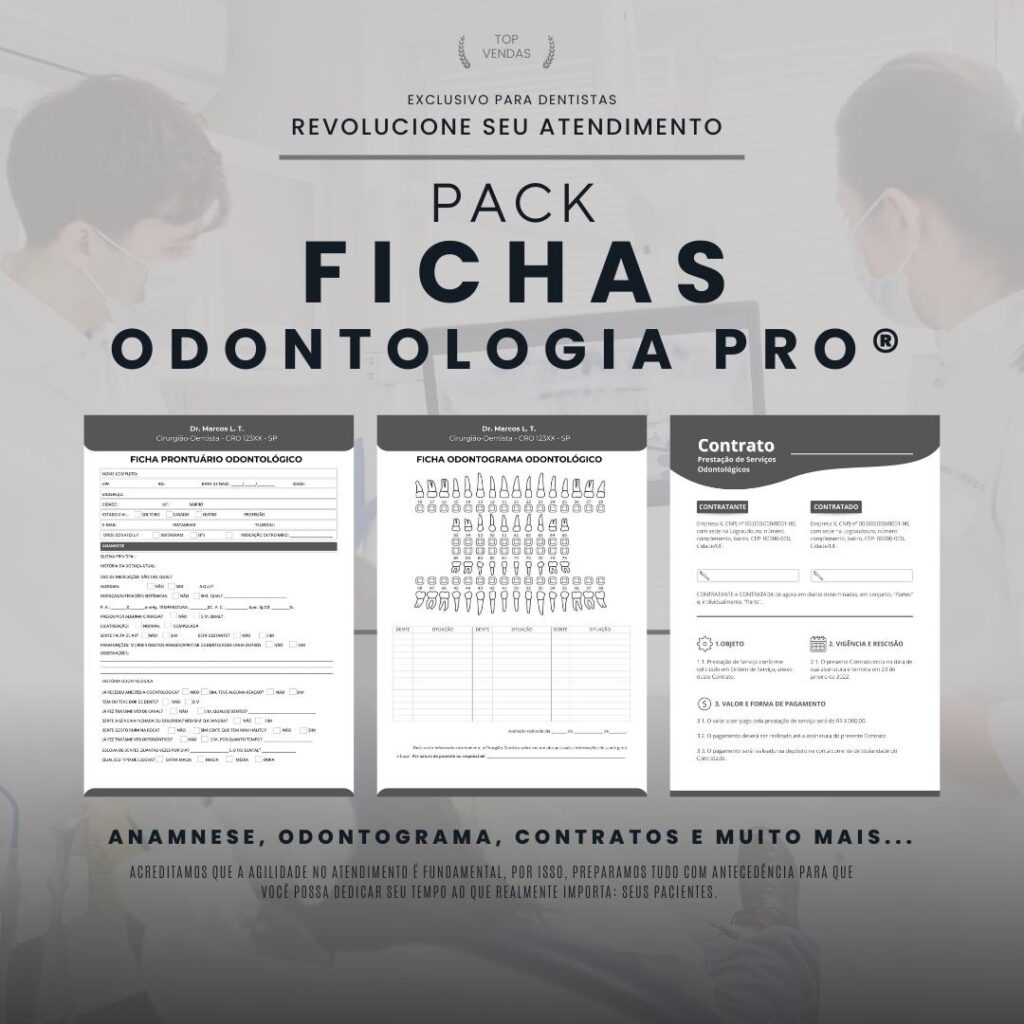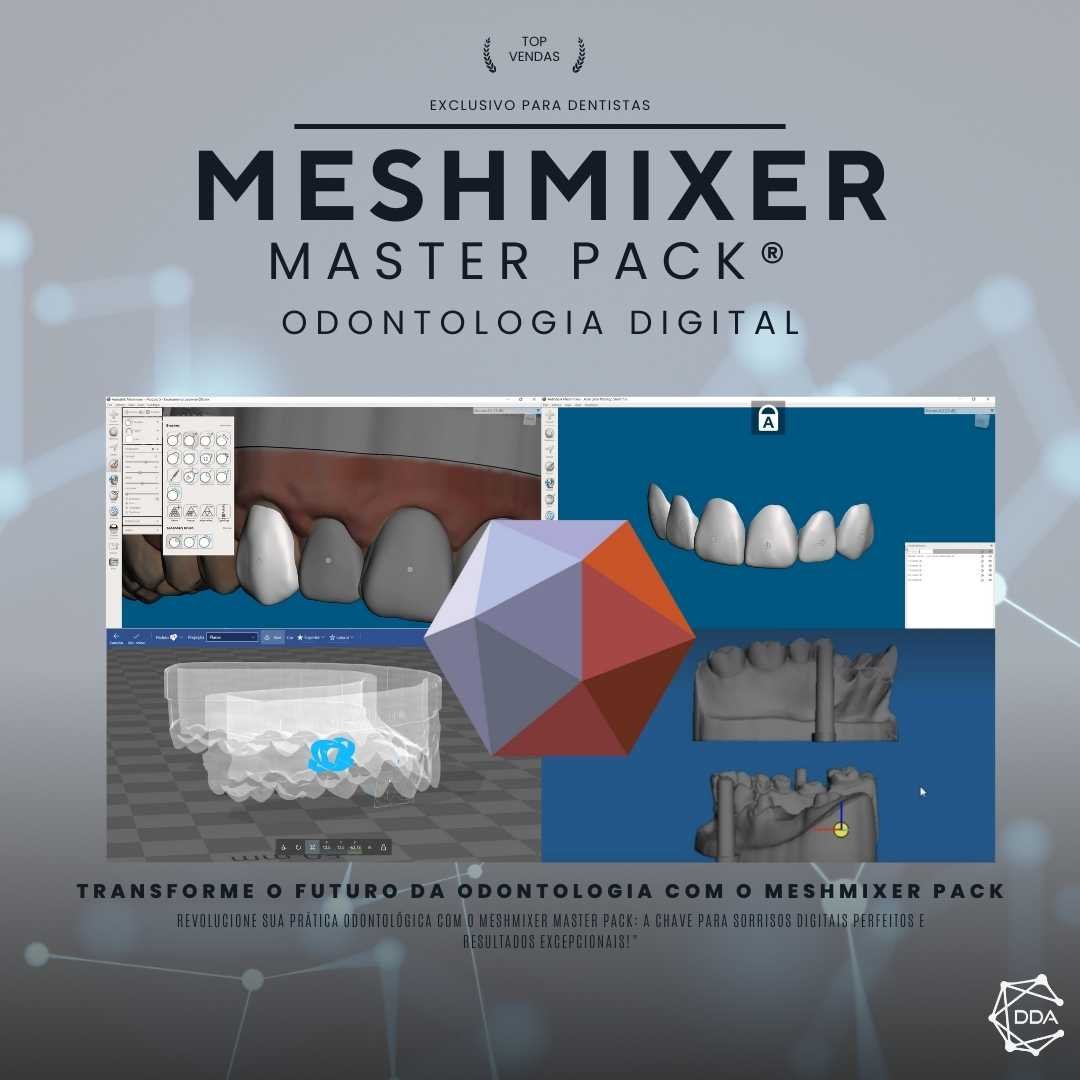What is Digital Smile Design (DSD)?
Digital Smile Design (DSD) is a revolutionary approach to cosmetic dentistry that uses digital technology to plan and create personalized smiles. This technique combines digital design principles with dental expertise to provide superior aesthetic and functional results.
How does Digital Smile Design work?
The Digital Smile Design process begins with collecting patient information, such as photographs, videos and impressions of the teeth. This data is then analyzed by specialized software that allows the dentist to view the patient's current smile and make virtual changes to achieve the desired result.
What are the benefits of Digital Smile Design?
Digital Smile Design offers a series of benefits for both patients and dental professionals. For patients, this technique allows them to preview in advance what the final result of the treatment will look like, which helps them make more informed decisions. Furthermore, DSD allows for more precise and personalized planning, resulting in a more natural and harmonious smile.
For dentists, Digital Smile Design facilitates communication with patients, as it allows them to clearly and visually show treatment options and expected results. Furthermore, this technique also helps to reduce treatment time, as prior planning allows for more efficient execution.
What are the steps of Digital Smile Design?
Digital Smile Design involves several steps, from collecting information to carrying out the treatment. Key steps include:
1. Information Collection:
At this stage, the dentist collects information about the patient, such as photographs, videos and impressions of the teeth. This data is essential for treatment planning.
2. Digital analysis:
The data collected is analyzed by specialized software that allows the dentist to view the patient's current smile and make virtual changes to achieve the desired result. This digital analysis is essential for treatment planning.
3. Treatment Planning:
Based on digital analysis, the dentist plans treatment, taking into account the patient's needs and desires. At this stage, the procedures necessary to achieve the desired result are defined.
4. Mockup:
After treatment planning, a mock-up is made, which is a simulation of the final result of the treatment. This simulation is made with composite resin and allows the patient to visualize in advance what their new smile will look like.
5. Execution of treatment:
After approval of the mock-up by the patient, the dentist begins carrying out the treatment. At this stage, the necessary procedures are carried out to transform the patient's smile according to previous planning.
What are the expected results with Digital Smile Design?
Digital Smile Design's main objective is to provide superior aesthetic and functional results. With this technique, it is possible to create more natural and harmonious smiles, which are in balance with the patient's facial characteristics.
Furthermore, DSD also aims to improve patients' self-esteem and confidence, as a beautiful, healthy smile can have a significant impact on quality of life and social interactions.
Conclusion
Digital Smile Design is an innovative approach to aesthetic dentistry that uses digital technology to plan and create personalized smiles. This technique offers a series of benefits for both patients and dental professionals, providing superior aesthetic and functional results. With Digital Smile Design, it is possible to preview the final result of the treatment in advance, which helps you make more informed decisions. Furthermore, this technique also facilitates communication between dentists and patients, reducing treatment time and providing more natural and harmonious smiles.


